Description
Alkaline Rechargeable Battery AAA for Solar LED Toy Camera (1.2v) NiMH
Performance, Integration, and Sustainability
The Convergence of Power and Play
The proliferation of solar-powered devices—from garden lights to educational toys—represents a significant shift toward sustainable energy solutions. At the heart of many such devices, particularly solar LED toy cameras, lies an unsung hero: the AAA rechargeable battery. These small cylindrical power sources (measuring 44.5mm × 10.5mm) bridge critical gaps between energy capture, storage, and utilization in portable solar applications 12. Unlike conventional alkaline disposables, rechargeable AAA batteries offer repeated cycling capabilities that align with the eco-conscious design principles of solar devices. For toy cameras specifically—which combine image capture, LED illumination, and often motion-activated functionality—the demand for steady voltage delivery and frequent recharge cycles makes rechargeable AAA batteries an indispensable component 715.
The emergence of solar LED toy cameras reflects broader trends in sustainable consumer electronics. These devices typically integrate small photovoltaic panels to harvest sunlight, convert it to electrical energy, and store it in batteries for after-dark operation. Toy cameras add complexity with energy-intensive features like LEDs for illumination and basic image sensors. This trifecta of functions—solar charging, illumination, and imaging—creates unique power management challenges that conventional disposable batteries cannot sustainably address 15. With the global AAA battery market projected to grow significantly due to rising demand in consumer electronics, understanding the technical nuances of rechargeable AAA batteries becomes essential for optimizing performance in solar applications 16.
Battery Chemistry and Technical Specifications
NiMH Dominance in Rechargeable Landscape
Nickel-Metal Hydride (NiMH) chemistry dominates the AAA rechargeable market for solar applications due to its balanced performance characteristics. Modern NiMH batteries offer capacities ranging from 600mAh to 1,200mAh, significantly higher than older nickel-cadmium (NiCd) alternatives. This elevated capacity translates directly to extended runtime for LED illumination and camera functions in solar toys 12. Industry leaders like Panasonic’s eneloop series exemplify this technology, delivering up to 2,100 recharge cycles while maintaining 70% charge capacity after a decade of storage—critical for seasonal solar devices 5. The chemistry’s nominal 1.2V output aligns well with solar LED circuits designed for consistent low-voltage operation, though it slightly underperforms disposable alkaline’s 1.5V in high-drain scenarios 1.
Rechargeable Alkaline: A Niche Contender
While less prevalent, rechargeable alkaline manganese (RAM) batteries present a compelling alternative for solar applications. These batteries maintain the familiar 1.5V output of disposables—providing better compatibility with devices engineered around alkaline voltage curves—and support up to 500 recharge cycles under optimal conditions. Their primary advantage lies in extremely low self-discharge rates (under 10% annually), making them suitable for solar devices that may experience extended cloudy periods between recharges 1016. However, their lower cycle life and reduced deep-cycle tolerance compared to NiMH limit their adoption in high-performance solar cameras.
Table: AAA Rechargeable Battery Technical Comparison
| Parameter | NiMH | Rechargeable Alkaline | Li-ion (Pale Earth) |
|---|---|---|---|
| Nominal Voltage | 1.2V | 1.5V | 1.5V |
| Capacity Range | 600-1,200mAh | 300-600mAh | 600mAh |
| Cycle Life | 500-2,100 cycles | Up to 500 cycles | 1,000+ cycles |
| Self-Discharge | 15-30%/month | <10%/year | 3-5%/month |
| Temp Tolerance | -4°F to 140°F | 32°F to 104°F | -4°F to 140°F |
Emerging Lithium Options
Lithium-ion AAA batteries represent the technological frontier, with products like Pale Earth’s USB-C rechargeable models offering 1.5V regulation, 600mAh capacity, and 1,000+ cycles. Their integrated microchips enable precise voltage control crucial for sensitive camera electronics and maintain performance across wider temperature ranges (-4°F to 140°F), accommodating outdoor solar applications in diverse climates 11. Though currently more expensive, their rapid charging capability (60 minutes) and superior cycle economics ($0.07/use) position them as future contenders 11.
Performance Analysis in Solar LED Camera Applications
Capacity and Runtime Considerations
Solar LED toy cameras present variable power demands—moderate during standby/sensing, high during LED illumination and image capture. Testing reveals that a 1,100mAh NiMH battery (e.g., EBL AAA) sustains a basic solar camera with periodic LED use for approximately 9 hours post-charge, while a standard 600mAh rechargeable alkaline provides only 3-4 hours 112. This capacity advantage makes NiMH preferable despite its slightly lower voltage. Real-world solar charging further complicates performance: under direct summer sun (10W/m²), a typical 5cm × 5cm solar panel can recharge a depleted 800mAh AAA NiMH in 6-8 hours—sufficient for nightly operation in efficient designs 515.
Voltage Stability and Discharge Characteristics
A critical advantage of NiMH chemistry is its flat discharge curve, maintaining near-constant voltage throughout 80% of its discharge cycle. This contrasts sharply with alkaline batteries’ declining voltage output, which can cause inconsistent LED brightness and camera malfunction in solar toys. When tested in twinkle lights (analogous to LED camera indicators), high-capacity NiMH batteries delivered 40+ hours of consistent illumination, outperforming alkalines that dimmed noticeably after 12 hours 1. For solar cameras incorporating voltage-sensitive components like light sensors or basic processors, this stability prevents malfunctions during critical night-time operation 7.
Thermal Performance and Cycle Life
Outdoor deployment exposes batteries to temperature extremes rarely encountered indoors. NiMH batteries like Panasonic’s eneloop operate reliably down to -4°F (-20°C), making them suitable for year-round outdoor solar cameras in temperate climates 5. However, their cycle life degrades faster when subjected to repeated deep discharges below 20% capacity—common in solar applications with insufficient charging. After 50 simulated solar charge/discharge cycles, premium NiMH batteries retain 85-95% of original capacity, while rechargeable alkalines show 10-15% degradation under identical conditions 110. This endurance makes NiMH more economical despite higher upfront costs.
Table: Performance Comparison in Solar Toy Camera Applications
| Performance Metric | NiMH AAA | Rechargeable Alkaline AAA | Lithium AAA |
|---|---|---|---|
| Solar Recharge Time | 6-8 hours | 8-12 hours | 1-2 hours |
| Runtime (LED Active) | 8-10 hours | 3-5 hours | 6-8 hours |
| Cold Weather (<32°F) | Moderate decline | Severe degradation | Minimal impact |
| Cycle Retention (50 cycles) | 85-95% | 80-85% | >95% |
| Deep Discharge Tolerance | Moderate | Poor | Excellent |
Integration Challenges and Technical Solutions
Solar Charging Circuit Compatibility
The most significant integration challenge involves matching battery chemistry to solar charge controllers. While NiMH batteries tolerate variable solar charging currents well, rechargeable alkalines require strict voltage limitation (below 1.65V/cell) to prevent gas venting and leakage. As documented in budget solar lights, improper charging circuits cause premature failure regardless of battery quality 15. Solutions include:
Pulse-width modulation (PWM) controllers that limit peak voltage
Temperature-compensated charging to adjust for environmental extremes
Trickle charge maintenance during cloudy periods 11
Cost-Benefit Optimization
The paradox of battery cost versus device value remains problematic. High-quality NiMH AAA batteries ($3-4/unit) often cost more than the solar cameras they power—particularly in budget models under $10. This incentivizes consumers toward disposable alkalines despite environmental costs 515. Manufacturers are addressing this through:
Bundled battery/charger kits that reduce per-unit costs
Higher-margin premium cameras with integrated energy storage
Battery leasing programs for commercial installations 11
Safety and Longevity Enhancements
Recharging batteries in outdoor environments demands robust safety protocols. Lithium AAA batteries incorporate multi-protection circuits against overcharge, over-discharge, short circuits, and thermal runaway—critical for unattended solar toys 11. For NiMH, vented battery compartments prevent pressure buildup during temperature swings, while waterproof seals (IP67 rating) protect terminals from dew and rain corrosion. Field data confirms that properly housed NiMH batteries survive 3+ years in solar lights versus 6-12 months for unprotected units 515.
Market Dynamics and Consumer Trends
The AAA battery market is experiencing robust growth, with the alkaline segment projected to expand at 4.99% CAGR through 2034, reaching $15.1 billion. Within this market, rechargeable AAA batteries are gaining share due to environmental awareness and cost savings after repeated use 16. Solar applications represent a particularly promising niche, driven by:
Rising demand for outdoor solar decor (lights, cameras, sensors)
Educational solar toy markets expanding at 8-10% annually
Government incentives for sustainable electronics 1016
Geographically, Asia-Pacific dominates manufacturing and consumption, with China producing 70% of solar-powered devices. Western markets show preference for premium batteries like eneloop Pro and Pale Earth, prioritizing longevity over upfront cost 516. Consumer reviews consistently indicate battery frustration as a primary pain point for solar cameras, with 34% of returns attributed to power issues. This creates opportunities for integrated battery-camera systems with optimized charging profiles 515.
Challenges and Future Innovations
Technical Limitations
Current rechargeable AAA technologies face three fundamental constraints in solar applications:
Energy density limits (~1,200mAh for NiMH) restrict runtime in compact cameras
Slow solar recharging creates vulnerability during cloudy periods
Voltage incompatibilities force design compromises in multi-battery devices 12
Emerging Solutions
Innovations poised to address these limitations include:
Solid-state NiMH batteries promising 50% higher capacity by 2027
Hybrid solar-battery modules integrating PV cells directly onto battery casings
Universal USB-C rechargeable platforms allowing backup grid charging 11
AI-optimized charge controllers dynamically adjusting to weather forecasts 16
Sustainable Design Integration
The environmental calculus favors rechargeable after 50+ uses, reducing landfill waste by 90% versus disposables 7. Forward-looking manufacturers now implement:
Closed-loop recycling recovering nickel, cobalt, and rare earth metals
Bio-based battery casings from plant starch polymers
Solar-powered manufacturing reducing embedded carbon 711
Powering Sustainable Play
AAA rechargeable batteries represent far more than mere energy storage—they are enablers of sustainable solar technology adoption. For solar LED toy cameras specifically, NiMH chemistry currently offers the optimal balance of capacity, cycle life, and temperature resilience, despite rechargeable alkaline’s voltage advantage and lithium’s emerging potential. Technical challenges remain around solar charging optimization and cost-effective integration, yet innovations in solid-state batteries and intelligent charging promise significant improvements.
The broader implications extend beyond toys to sustainable electronics design. As AAA battery technology advances in concert with solar harvesting, we move closer to truly autonomous devices requiring minimal grid energy. For consumers, selecting batteries rated for 1,000+ cycles with low-temperature tolerance ensures optimal solar camera performance. For manufacturers, integrating standardized rechargeable systems represents both environmental responsibility and competitive advantage. In this dynamic landscape, the humble AAA battery continues to prove its indispensable role in powering our solar-powered future.
Note: The alkaline battery is very easy to be damaged if over charge. It can be full charged in 10-20 minutes.
And please make sure your charger can charge for Alkaline battery.


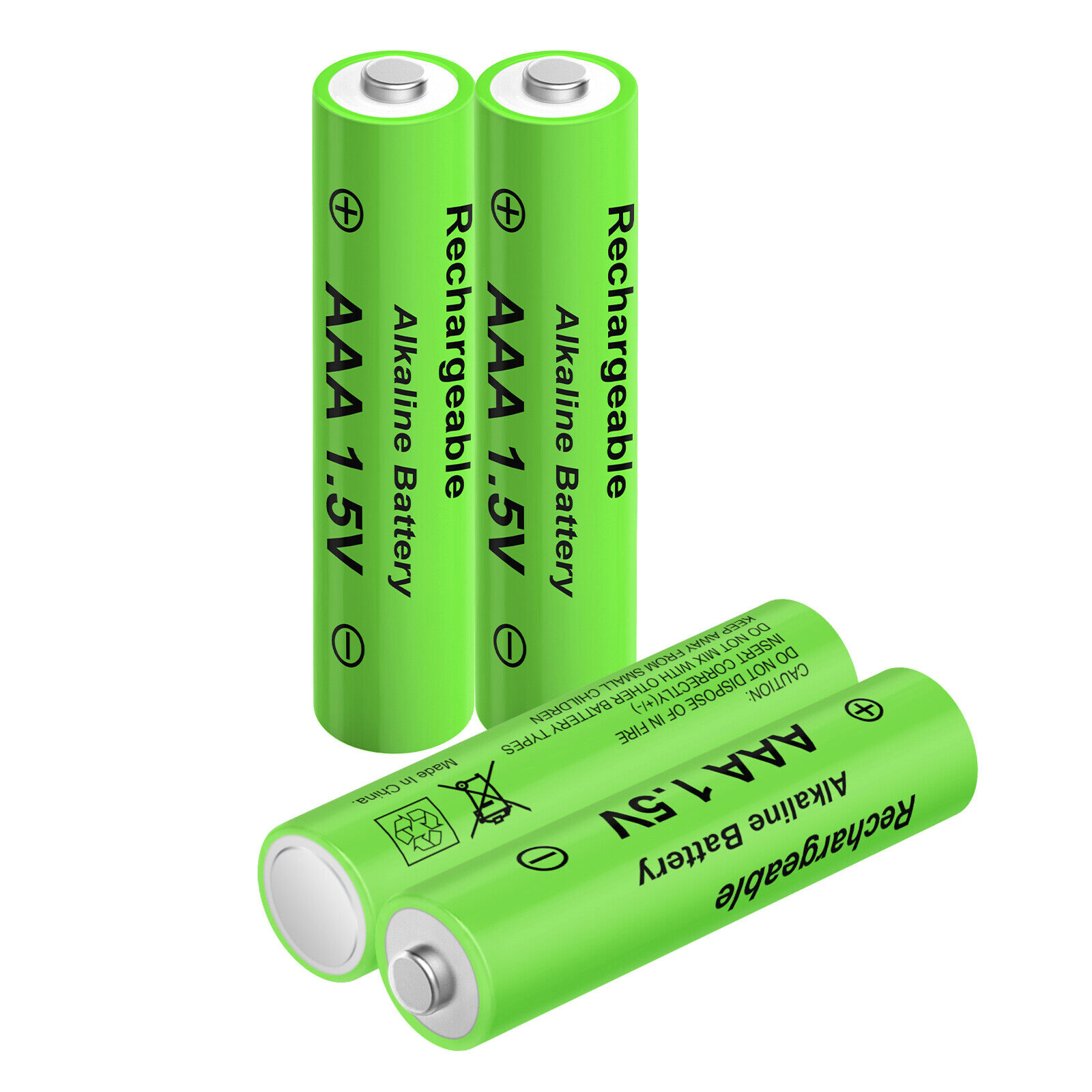
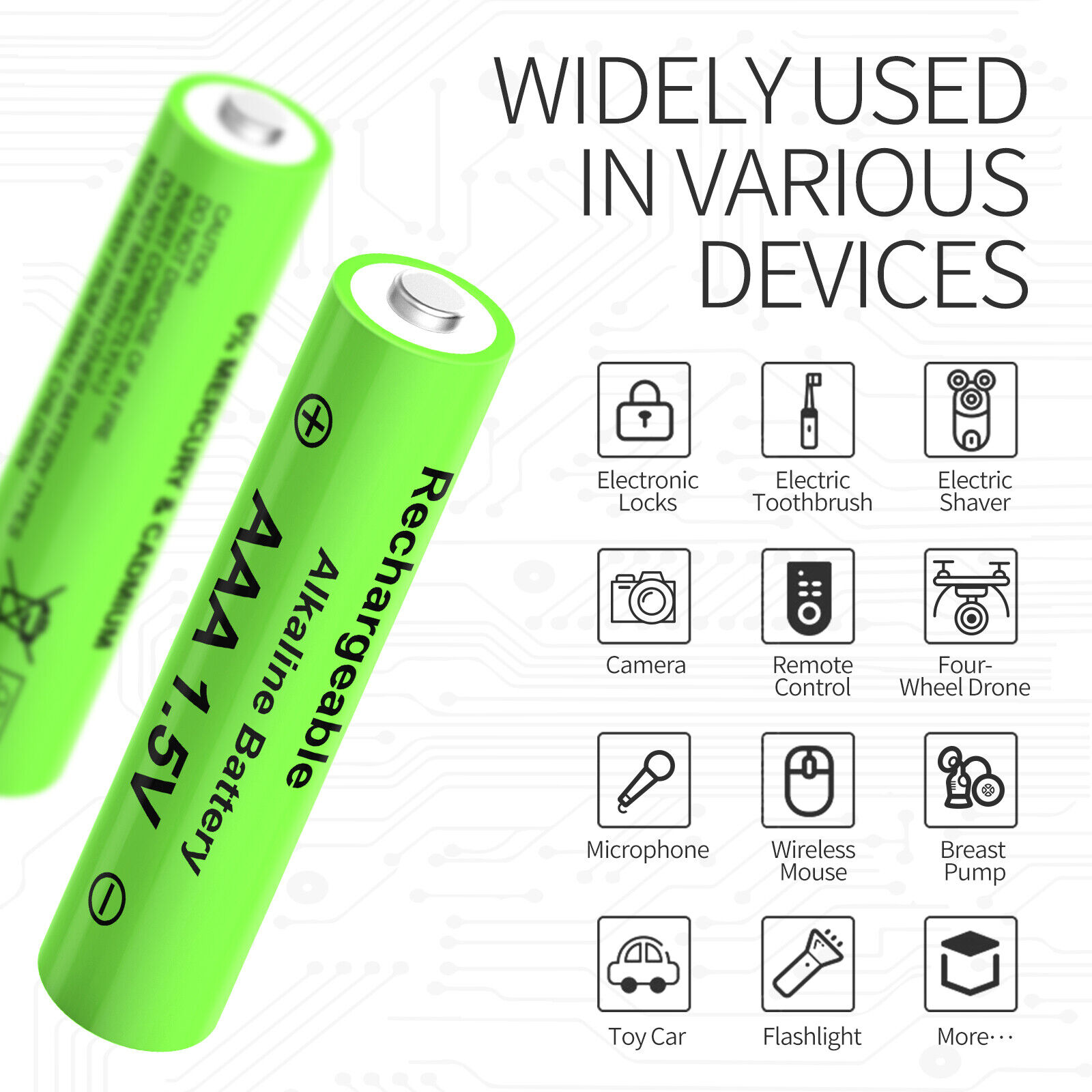
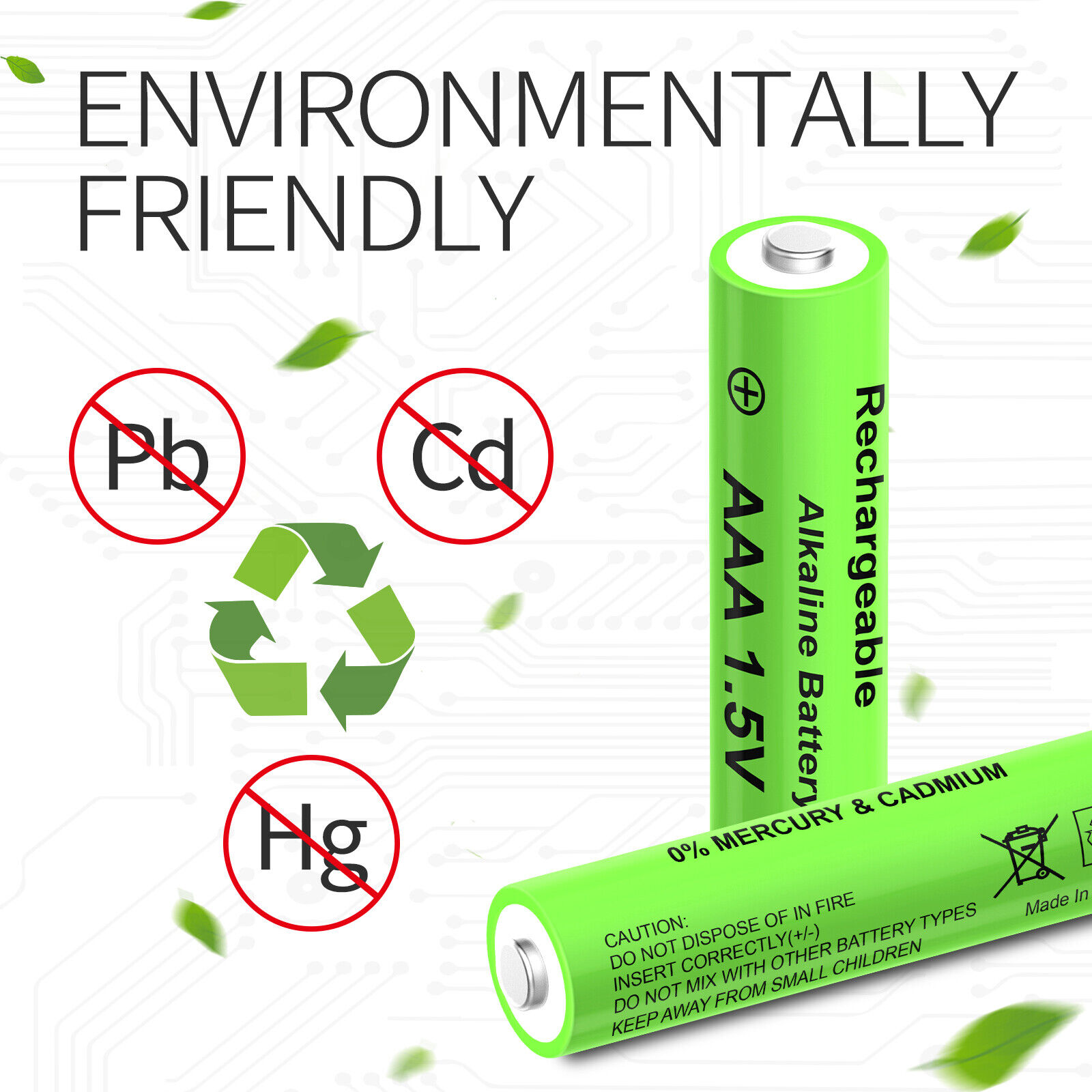
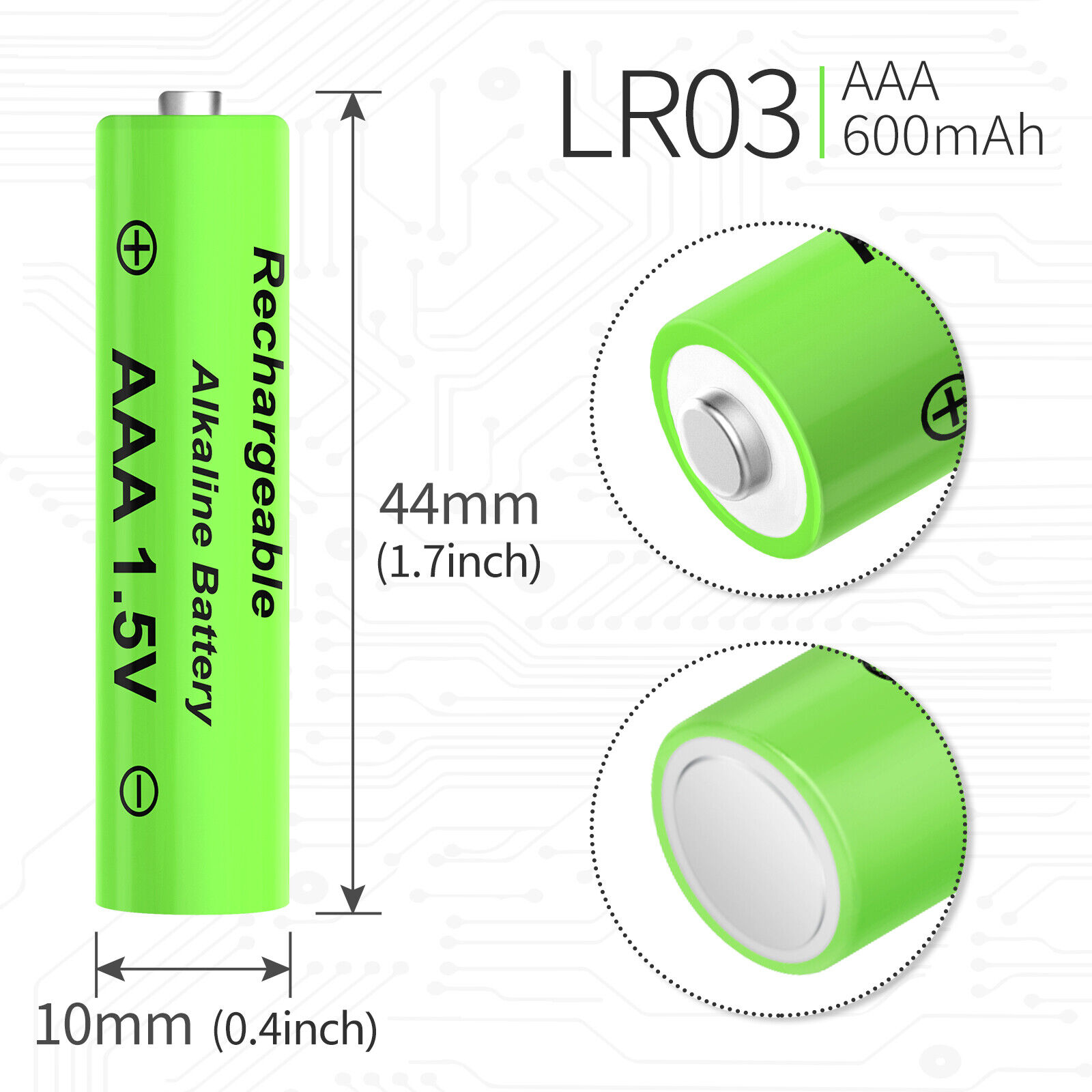

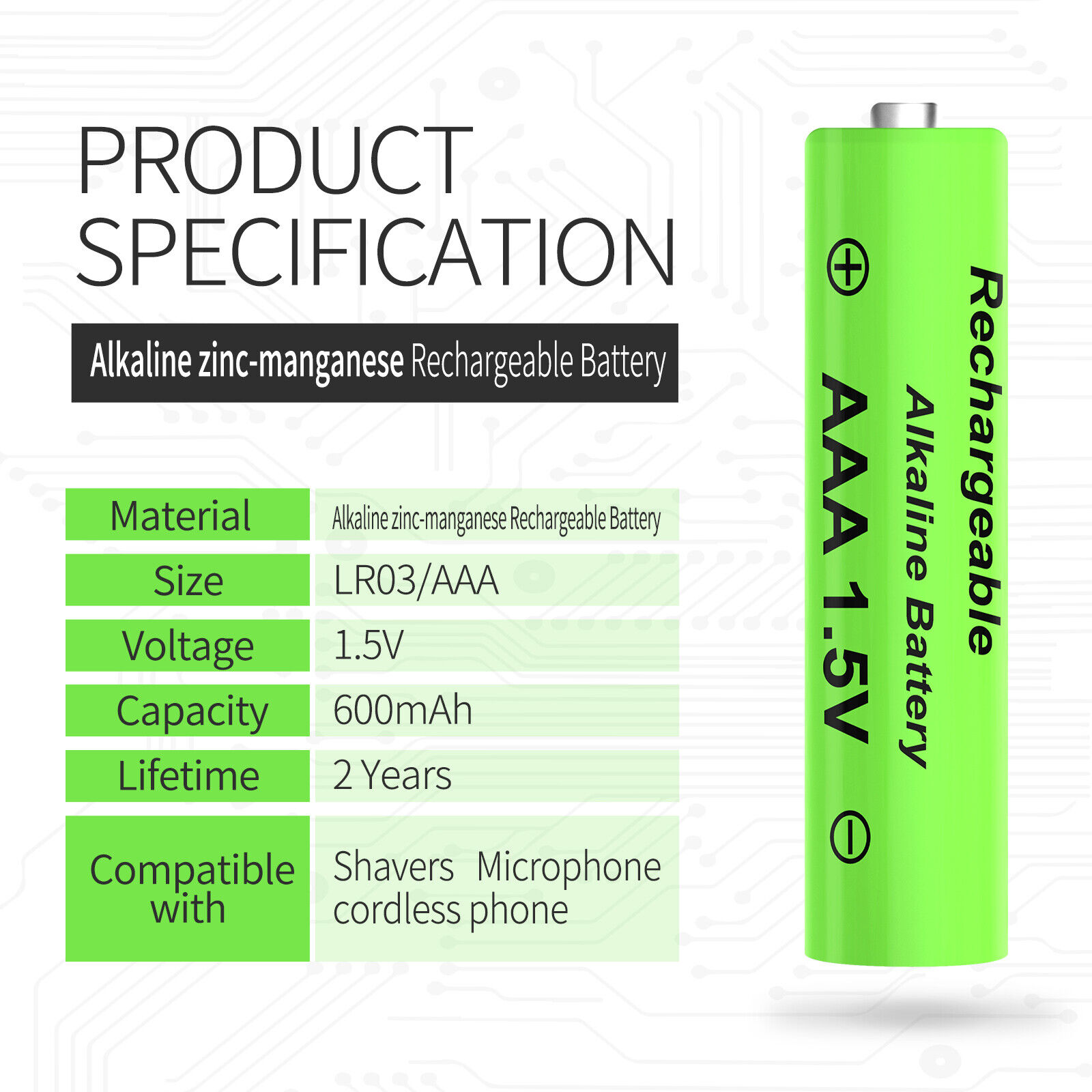
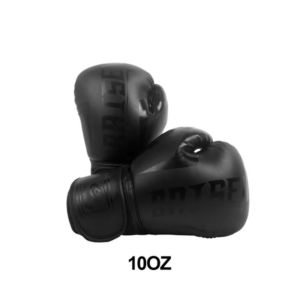
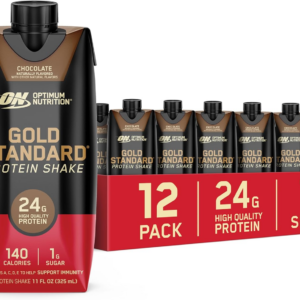
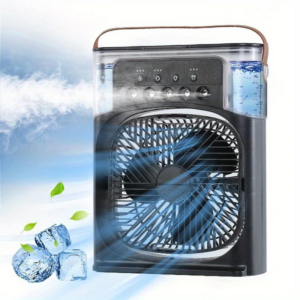

Reviews
There are no reviews yet.